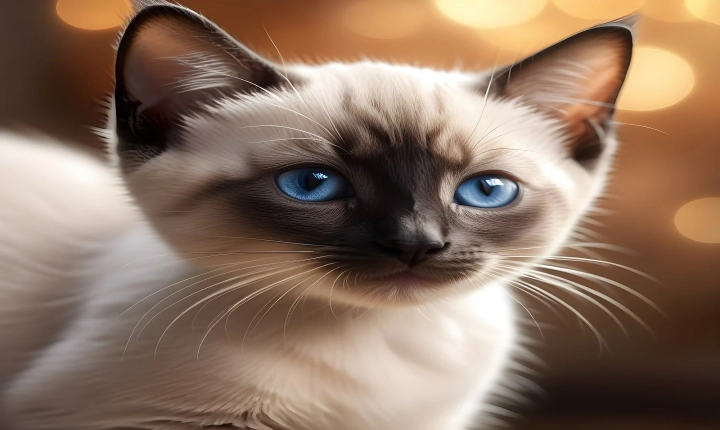Artificial intelligence has made significant strides in recent years, and one exciting area of development is the creation of generative AI art. Generative art, also known as algorithmic art, involves using algorithms and mathematical functions to create art, and when combined with the power of AI, the possibilities are endless. With the advancement of machine learning and neural networks, it is now possible to train AI to generate highly creative and unique pieces of art.
If you are an artist or a tech enthusiast interested in delving into the world of generative AI art, here are some steps to get you started:
1. Understand the basics of AI and machine learning: Generative AI art is predicated on the principles of artificial intelligence and machine learning. To begin, it is essential to familiarize yourself with the basics of these technologies. This can involve learning about neural networks, deep learning, and understanding how AI can be trained to recognize and create art.
2. Choose the right tools and frameworks: There are several tools and frameworks available that can help you create generative AI art. Popular options include TensorFlow, PyTorch, and Keras. These frameworks provide the necessary infrastructure for training models and generating art using AI. It’s important to select the one that aligns with your proficiency and artistic goals.
3. Collect and curate a dataset: Like any machine learning project, generative AI art requires a dataset to train the model. This dataset can consist of images, paintings, or any other form of visual art that will serve as a reference for the AI. It’s important to curate a diverse and extensive dataset to ensure that the AI can learn from a wide range of artistic styles and concepts.
4. Preprocess the data: Before training the model, it’s crucial to preprocess the data to ensure that it’s in a format that the AI can understand. This might involve resizing images, normalizing colors, and converting the data into a suitable input format for the AI model.
5. Train the model: Using the chosen framework, you can begin training the generative AI model. This involves feeding the curated dataset into the model and allowing it to learn from the patterns and features present in the art. The training process can take time, depending on the complexity of the model and the size of the dataset.
6. Fine-tune the model: Once the model has been trained, it’s important to fine-tune it to achieve the desired results. This might involve adjusting hyperparameters, experimenting with different architectures, and optimizing the model’s performance.
7. Generate art: With a trained and fine-tuned model, you can now use it to generate art. This might involve providing the AI with a starting point, such as an initial sketch or image, and allowing the model to complete the artwork based on its learned knowledge.
8. Refine and iterate: Generating art with AI is an iterative process. It’s important to refine the generated artwork, provide feedback to the model, and iterate on the training process to continuously improve the quality and creativity of the generated art.
In conclusion, generative AI art represents an exciting frontier at the intersection of technology and creativity. By understanding the principles of AI and machine learning, choosing the right tools and frameworks, curating a diverse dataset, and training and fine-tuning the model, you can dive into the world of generative AI art and create truly unique and innovative pieces of art. Whether you’re an artist looking to explore new creative avenues or a tech enthusiast interested in pushing the boundaries of AI, generative AI art presents a world of endless possibilities for artistic expression.
